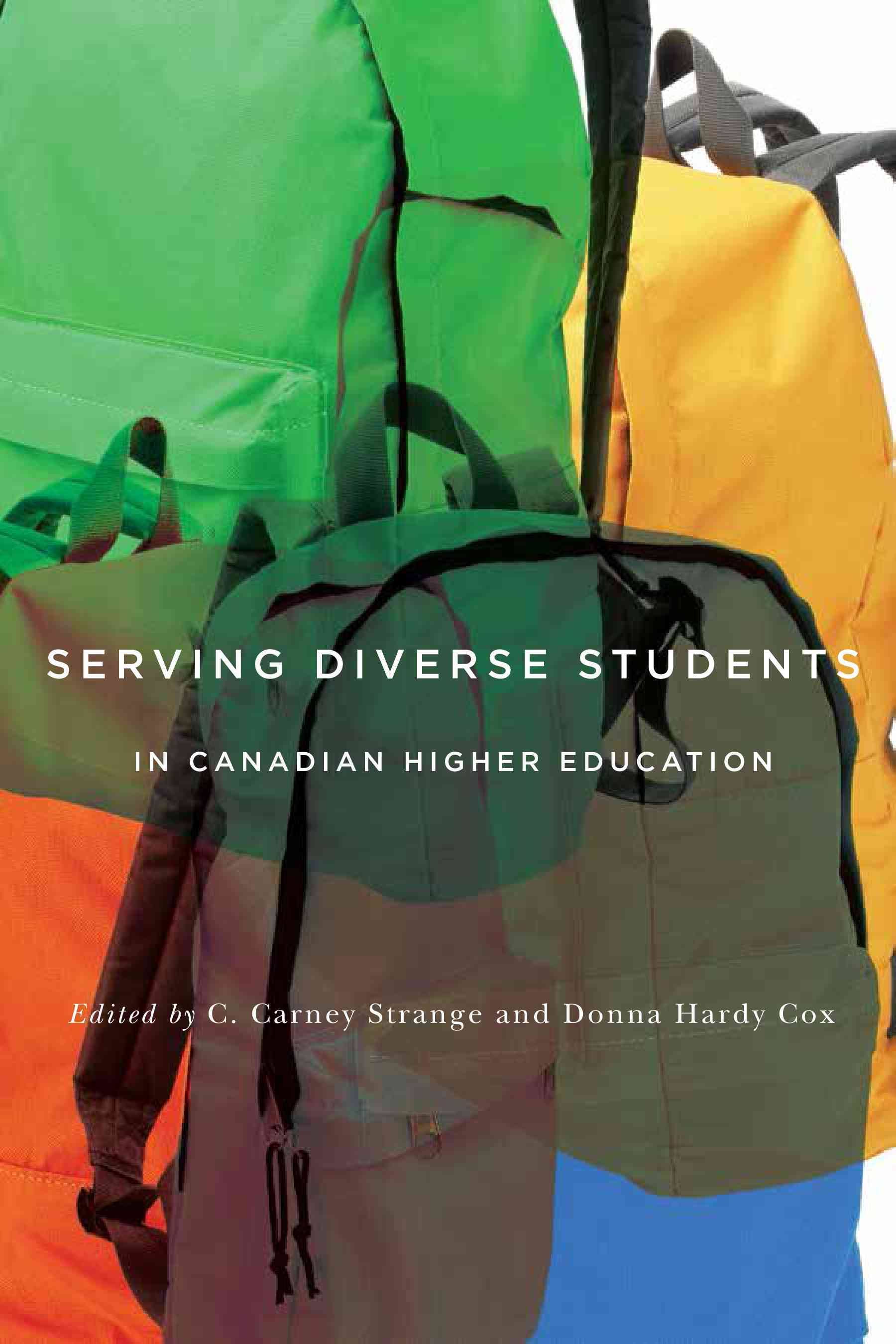Diversity
 Cox, Donna; Gail Hardy;��Strange; Charles Carney
Cox, Donna; Gail Hardy;��Strange; Charles Carney
2016
Located online in the �¼������ϲʿ���ֱ�� Novanet Electronic Resources
��
Diversity
Individual differences (e.g., personality, learning styles, and life experiences) and group/social differences (e.g., race/ethnicity, class, gender, sexual orientation, country of origin, and ability as well as cultural, political, religious, or other affiliations)��(American Association of Colleges & Universities).
Inclusion��
The active, intentional, and ongoing engagement with diversity–in the curriculum, in the co-curriculum, and in communities (intellectual, social, cultural, geographical) with which individuals might connect–in ways that increase awareness, content knowledge, cognitive sophistication, and empathic understanding of the complex ways individuals interact within systems and institutions��(American Association of Colleges & Universities).
Definitions from:
Guidelines for Creating and Maintaining an Inclusive Classroom
Self Awareness
- Recognize and reflect upon your own biases and perspectives on an on-going basis
- Be aware of the language that you use and how others may interpret and/or respond to it
- If you know you will be discussing sensitive topics, think about how you will handle difficult discussions beforehand
Course Design
- Design an inclusive curriculum that incorporates a range of perspectives on all forms of diversity– students need to see themselves in the curriculum, they also need to be challenged to see others
- Include a range of activities and assignments that are responsive to the needs of students from a variety of backgrounds
- Invite guest lecturers to expand your own and your students awareness of different approaches to the material in your discipline
- Consider carefully how you will construct student group membership and the roles students take-on or are assigned within the group
In the Classroom
- Create ground rules for inclusive discussions and behavior at the outset of the course with your students and model respectful and inclusive behaviour
- Incorporate a statement about inclusivity into your syllabus (see over)
- Where class size permits, get to know the students, and provide opportunities for them to get to know and interact with each other in respectful ways
- Provide opportunities for students to share their perspectives
- Invite students to address issues and concerns with you that arise in class
- Encourage students to have a voice in class, but
In the Moment
- Intervene when a discriminatory situation arises do not ignore it
- Pause – ask students to reflect, quietly, or in writing – take a deep breath – this issue could be a powerful learning moment for you and the students
- Re-examine the issue through further discussion, listen, and ask the students to listen attentively to others, ask questions, encourage students to ask questions
- Remain in control of the class
- Park issues that you may need to return to another day
After the Moment
- Consult with peers, department chair, and students
- Reflect upon your own feelings about the issue, and the role you may have played in creating the situation
- Revisit ground rules for discussion with students in the subsequent class
- Consider whether or not you need a third party to mediate classroom discussion on this issue
Useful Information and Further Reading
Classroom Dynamics and Diversity, Derek Box Centre for Learning and Teaching, Harvard University,
Creating Inclusive Classrooms: Resources for Leveraging Diversity in the Classroom, Multicultural Education Program: Equity, Inclusion, and Diversity, University of California, Berkeley,
Diversity and Inclusive Teaching, Center for Teaching, Vanderbilt University,
Difficult Dialogues, Center for Teaching, Vanderbilt University,
Inclusive Teaching: Facilitating Challenging Conversations in Your Classes, Center for Research on Learning and Teaching, University of Michigan
Interrupting Heteronormativity, The Graduate School of Syracuse University (2004)
Tips for Teachers: Classroom Climate for LGBTQ Students, University of Vermont, LGBTQ Services, Dot Brauer, Director
Suggested Inclusivity Syllabus Statement
�¼������ϲʿ���ֱ�� is committed to a welcoming and respectful working and learning environment that is free from harassment and discrimination. We encourage open dialogue, however members of the class are expected to refrain from speaking or behaving in ways that are harmful to others, through racism, homophobia, sexism, or other derogatory treatment based on characteristics protected under the Nova Scotia Human Rights Act. Please do not hesitate to speak with me if you have questions or concerns, or see www.dalrespect.dal.ca for further information on resources and supports.
��[PDF - 446 kb]
Developed by the Centre for Learning and Teaching at �¼������ϲʿ���ֱ��.
Resources
